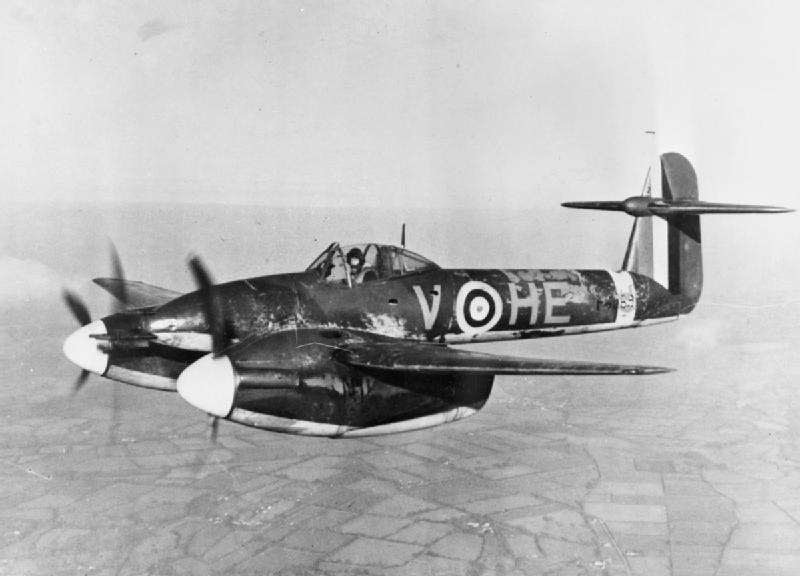If you were asked to name a cannon-armed, twin-engine heavy fighter in service with one of the combatant nations during the Battle of Britain, you would probably identify the German Messerschmitt Bf. 110. However, even though it didn’t see combat during the battle, there was also such a fighter in service with the British Royal Air Force (RAF) – the short-lived and largely forgotten Westland Whirlwind.
In the mid-1930s, development of combat aircraft in Britain was accelerated as the prospect of war with Germany became more likely. The Hurricane and Spitfire fighters were extremely advanced designs, but both had relatively short range and were armed only with Browning machine guns.
Many people believed that a long-range heavy fighter armed with cannon was also required both to destroy enemy bombers and to escort British bombers on raids deep into hostile territory.
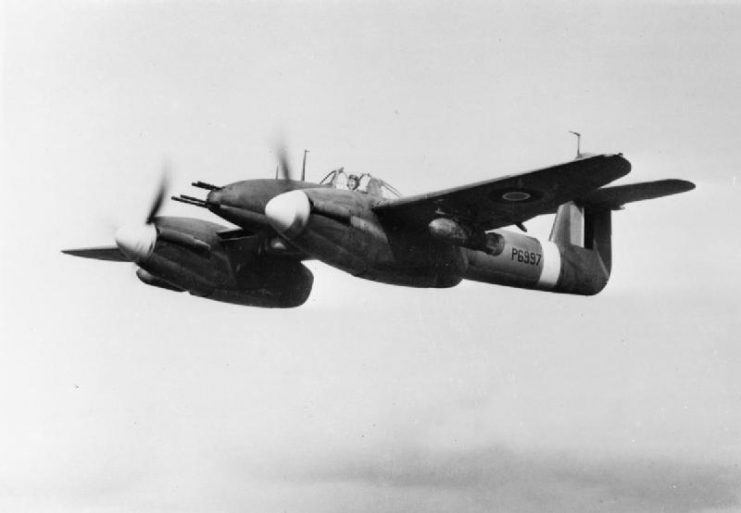
In 1935, the British Air Ministry issued Operational Requirement F.37/35 for a heavy fighter which was to be armed with four Hispano 20mm cannons. Several British aircraft manufacturers responded, and in 1937 the submission by Westland Aircraft, based in Yeovil in Somerset, was accepted.
The Westland fighter, the P.9, was an innovative design with two Rolls-Royce Kestrel engines mounted in pods beneath the low wings and four cannons mounted in the nose. The Kestrel was a proven and reliable engine which was also used in other inter-war British aircraft including the Hawker Fury biplane fighter and the Handley Page Heyford biplane bomber.
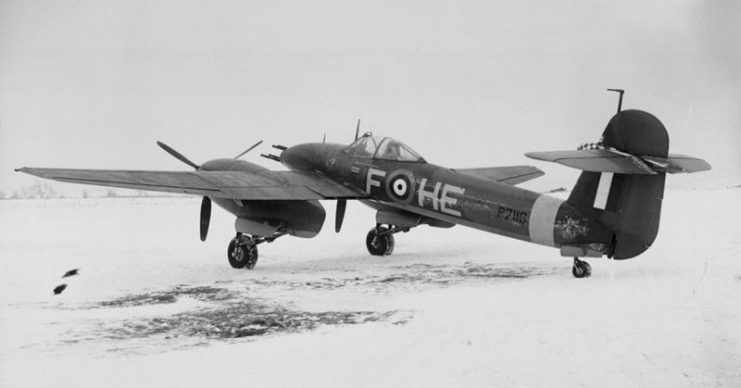
The canopy on the P.9 was a bubble type which gave good all-around vision – the first time this type of canopy was seen on a British fighter.
The aircraft was a tail-dragger with two retractable main wheels and a single retractable tail wheel. The first design featured a twin tail, but it was found that this arrangement was adversely affected by disturbed air from the engines and it was changed to a single tall tailfin with the elevators mounted high in a T-tail arrangement.
The first flight of the new aircraft, now designated the Whirlwind, took place in October 1938. The prototype was of all-metal, flush-riveted construction with a magnesium skin on the rear section of the fuselage. This was an advanced design compared to, for example, the Hawker Hurricane which was then entering RAF service and on which most external surfaces were doped linen.
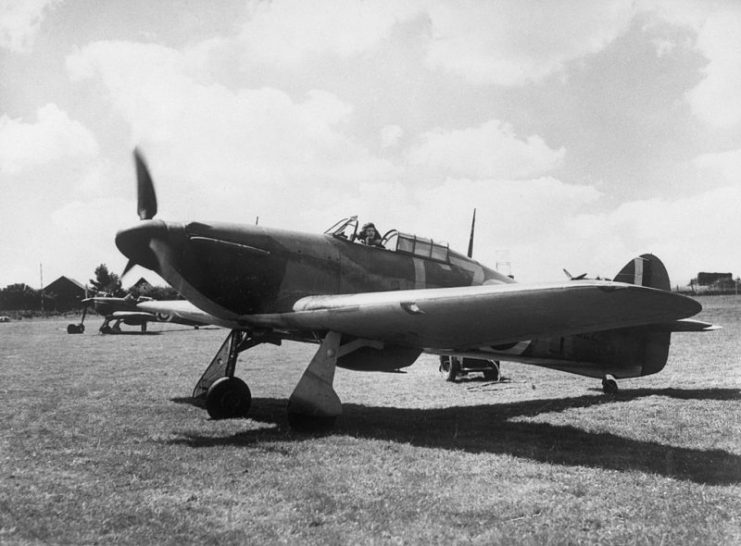
Initial flight tests of the prototype Whirlwind were so promising that the Air Ministry briefly considered putting the aircraft into immediate production.
However, it was decided that the Kestrel engines fitted to the prototype should be replaced with the Peregrine, a newly developed, upgraded and supercharged Rolls-Royce engine which produced over 850hp compared to the 650hp of the Kestrel.
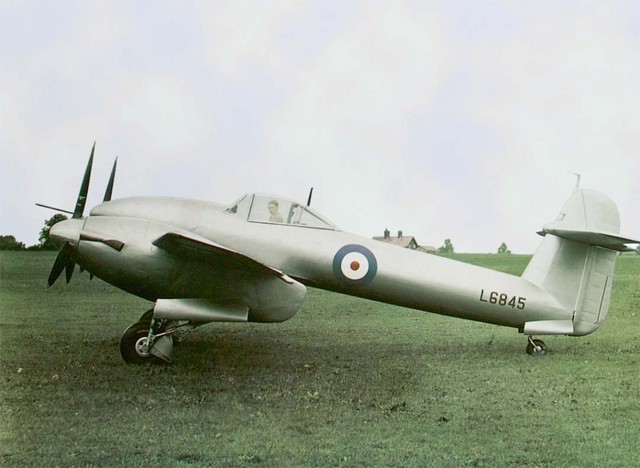
By early 1939 development of the Whirlwind had reached the point at which the Air Ministry was prepared to place large-scale orders. The first order was for 200 aircraft, with 200 more to be supplied when the first batch had been completed.
Production versions were fitted with two Peregrine engines which each provided 885hp driving through a de Havilland three-bladed, variable-pitch, constant-speed propeller. Cooling radiators were fitted in the inner section of the wing and these also provided cockpit heat – something that was sadly lacking on many other RAF aircraft of the period.
Leading-edge slats were provided on the outer wing section of some early production Whirlwinds. These were intended as an anti-stall measure but were locked down on all Whirlwinds after a suspicion that inadvertent deployment of the slats had caused the loss of one aircraft.
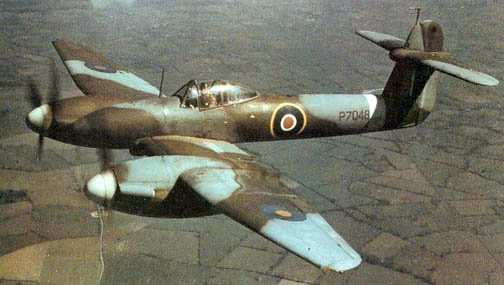
The first production Whirlwind FB Mk I flew in June 1940 and deliveries to service squadrons began the following month. The Whirlwind was only ever operated by two RAF Squadrons, Nos. 137 and 263.
Both reported that the aircraft was extremely stable and fast at low altitudes, though it was noted that performance dropped off as the aircraft approached its service ceiling of around 30,000 feet. The only major flaw was that the aircraft had a relatively high landing speed which meant that it could not be used on some short airstrips.
The overall performance of the Whirlwind was reasonable, though not quite as good as had been anticipated. Maximum speed was around 360mph, similar to early models of the Spitfire, and the Whirlwind did have a useful operational range of over 800 miles compared to the 400 miles of early Spitfires.
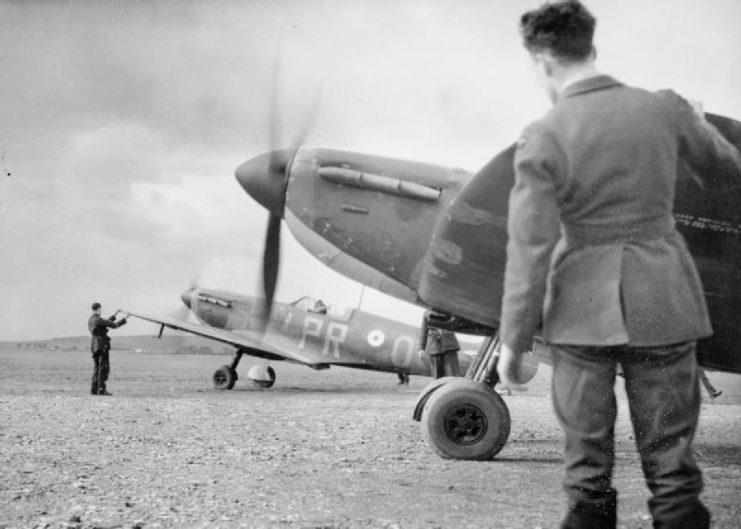
The Whirlwind’s armament of four Hispano Mk I 20mm cannons, which were license-built versions of the French Hispano-Suiza HS.404, gave the plane ferocious firepower compared to almost any other contemporary fighter. However, these cannons proved to be prone to jamming and they were provided with drum magazines which were limited to just 60 rounds per weapon.
One Whirlwind was fitted with twelve Browning machine guns in the nose while another was provided with a 37mm cannon, but neither of these concepts went beyond the experimental stage.
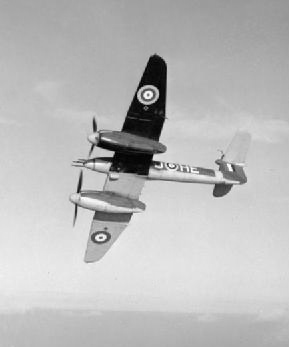
Although it was in service with 263 Squadron during the Battle of Britain, the Whirlwind did not see combat during that period. The squadron was based in Scotland and was not moved to England and declared fully operational until December 1940, by which time the battle was over.
The first air-to-air kill credited to a Whirlwind happened on 8 February 1941, when an aircraft of 263 Squadron shot down an Arado Ar 196 floatplane.
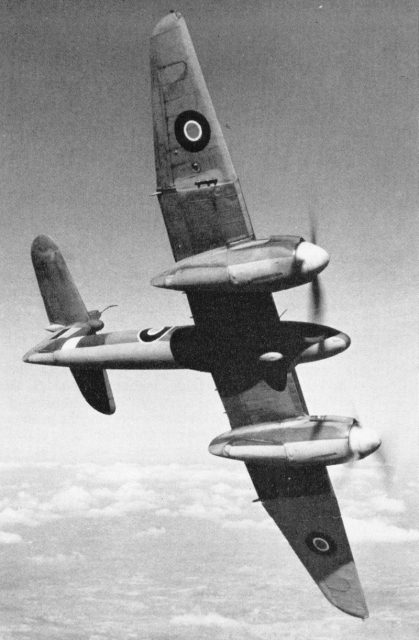
Whirlwinds were used in the bomber escort role during early 1941. Later that year and during 1942 they were increasingly used in the ground attack role, in which their 20mm cannons proved to be very effective against targets such as trains.
Overall, the Whirlwind was a very advanced design for the time. Its bubble canopy gave the pilot excellent all-around vision and its armament gave it more firepower than any other fighter of the period. The main issue with the Whirlwind was its engines. By the summer of 1940, it was evident that Britain needed every Spitfire and Hurricane that could be produced.
To streamline production, Rolls-Royce decided to focus on development and production of the more powerful Merlin engine used on both these fighters, which meant that development and production of the Peregrine engine virtually halted.
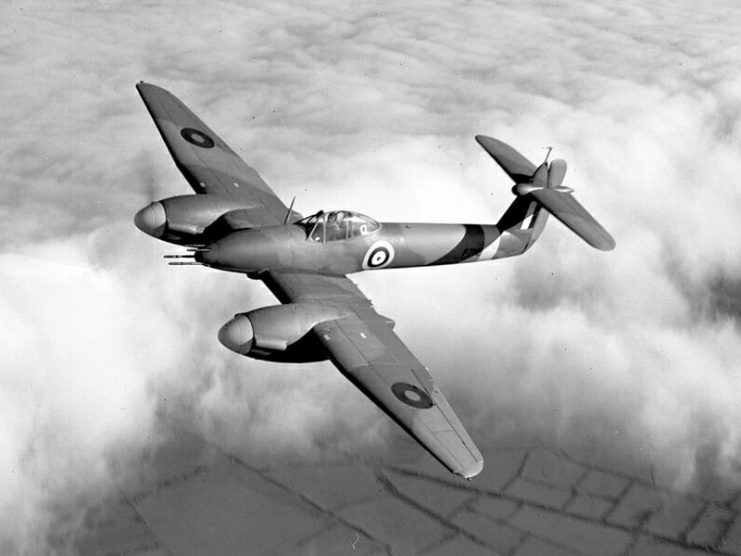
No further Peregrine production was undertaken after the end of 1940, and reliability issues which had become apparent following the early service use of the Whirlwind were never completely addressed.
The lack of engines meant that production of the Whirlwind ended after just 112 machines had been completed. The last Whirlwind was delivered to the RAF in January 1942.
There was discussion of continuing production by fitting the Merlin engine to the Whirlwind, but this would have required a major redesign – the Merlin was physically larger and around one-third heavier than the Peregrine. In the end, it was decided to focus on the development of the Spitfire and other single-engine fighters at the expense of the Whirlwind.
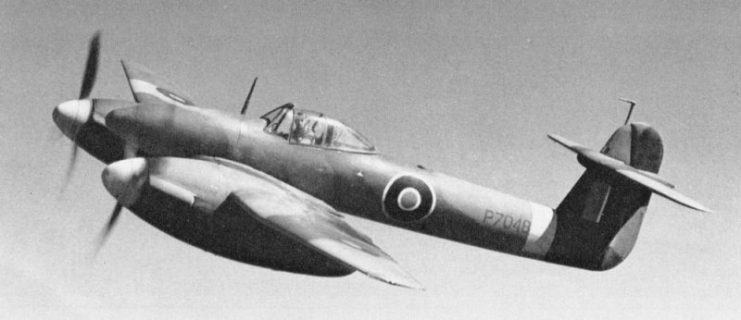
That wasn’t quite the end of the Whirlwind story. Sixty-seven of the Mk I aircraft were converted to a fighter-bomber configuration with under-wing racks capable of carrying two 500lb bombs. These FB Mk II “Whirlibombers” proved to be very effective in the low-level attack role and took part in a number of raids across the English Channel.
The operational history of the Whirlwind proved to be short. The last combat flight of a Whirlwind was in June 1943 during an attack on a German airfield at Poix in northeastern France. Soon after, 137 Squadron was re-equipped with the Hurricane Mk II and in December, 263 Squadron received rocket-firing Hawker Typhoons to replace their Whirlwinds.
One Whirlwind was provided to the US Navy for evaluation in 1942 after it was retired by 263 Squadron. This aircraft was based at NAS Pensacola in Florida where it was used for gunnery evaluation before being scrapped in 1944.
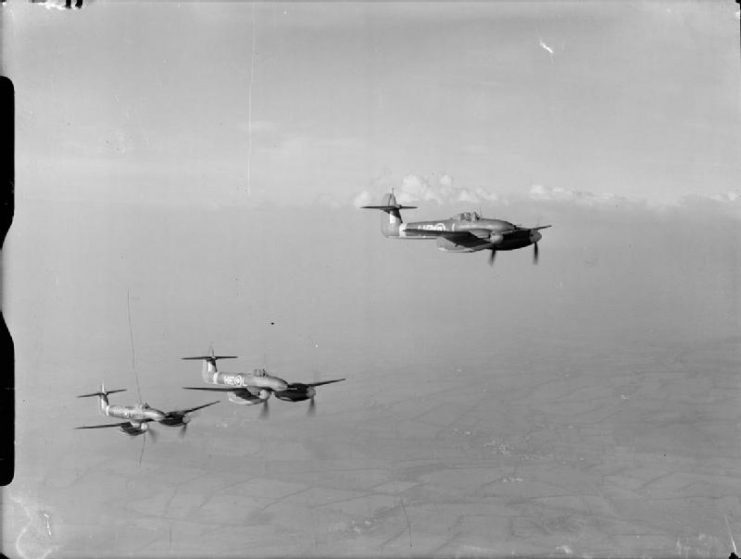
The Westland Whirlwind was a capable fighter and ground attack aircraft but it was hampered by a design based on an engine which wasn’t particularly reliable and which quickly became unavailable. Limited production ensured that this aircraft would never receive the recognition given to other RAF fighters of the period.
Read another story from us: 17 Facts About the Spitfire – We all Know These, Right?
The last airworthy Whirlwind, which had been retained by Westland as executive transport for company staff, was scrapped in 1947 and no examples survive today. This is truly the forgotten fighter of the Battle of Britain period.
After World War II, Westland began to focus on the development and manufacture of helicopters. In 1950 they began production under license of a copy of the American Sikorsky S-55. The resulting helicopter was also, confusingly, named the Westland Whirlwind in RAF and Royal Navy Service.
